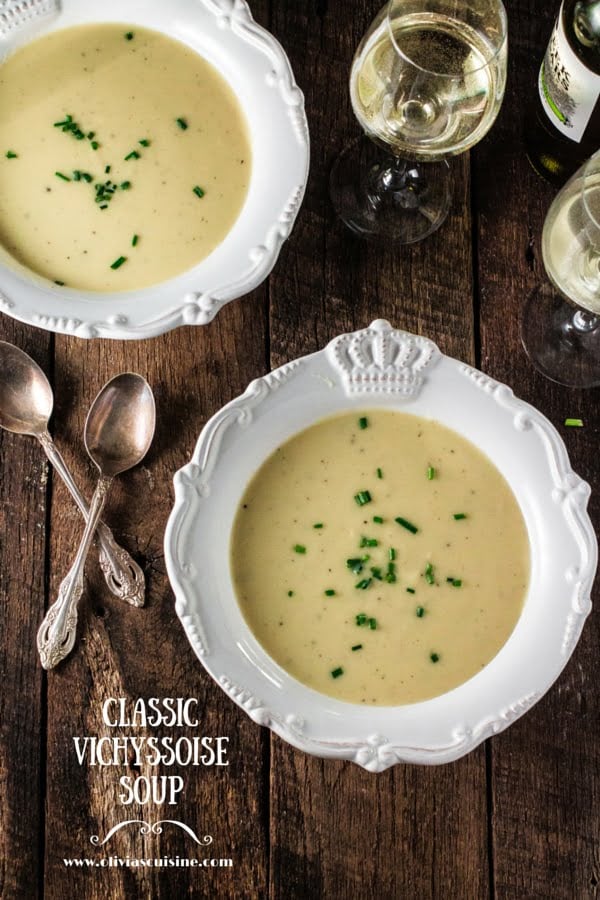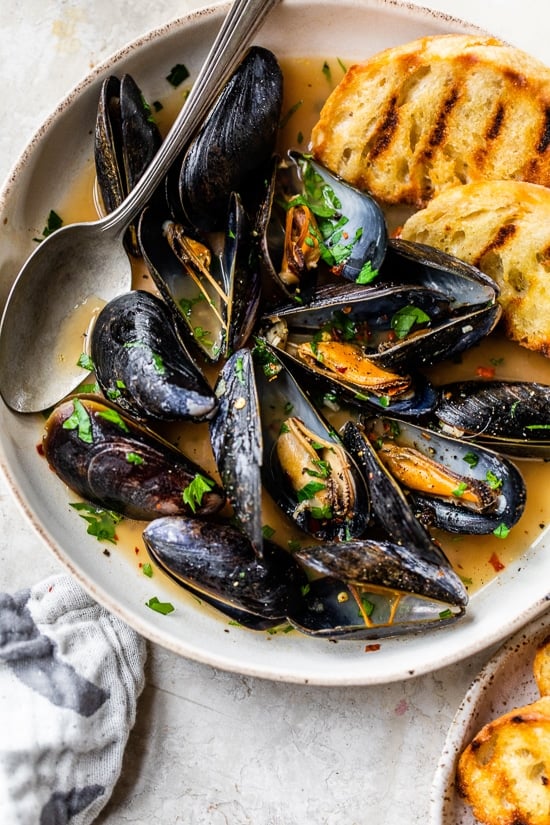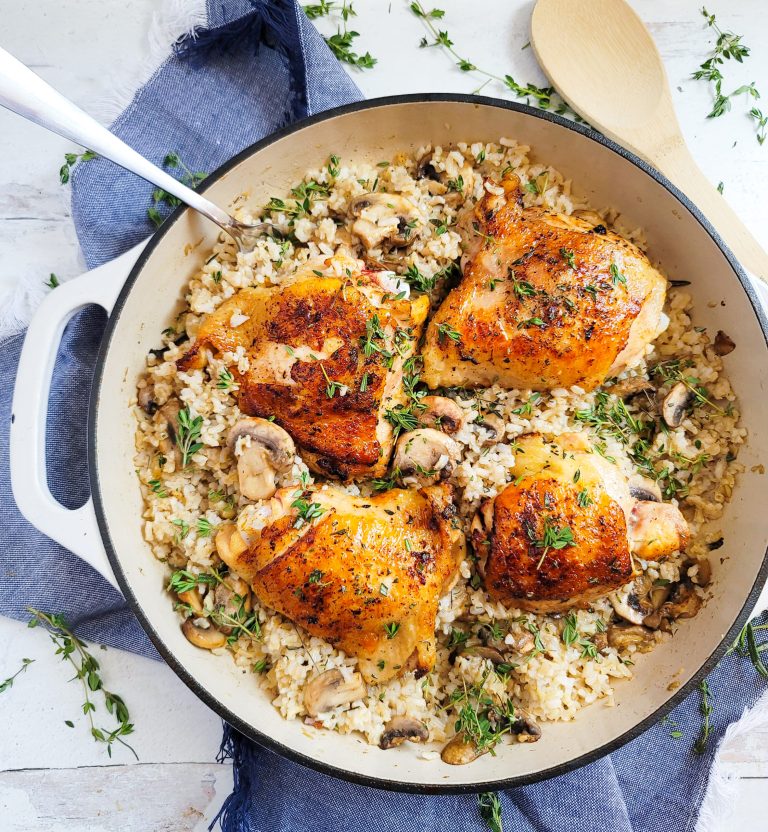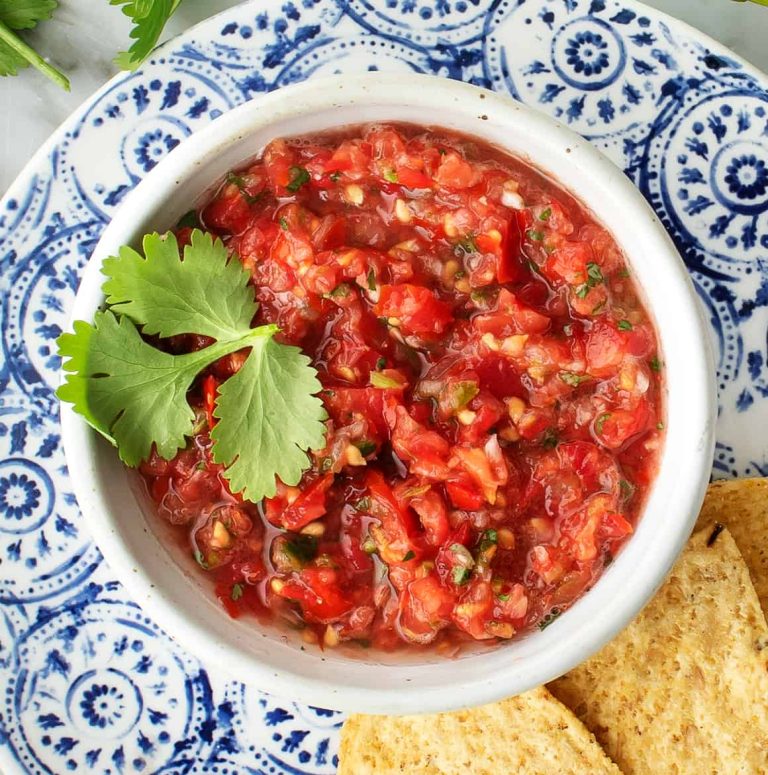Buttermilk Pie: Recipe, Tips, and Serving Ideas
Buttermilk pie traces its roots to Southern kitchens. European settlers brought the recipe to America, where it became a staple. Originally, cooks used buttermilk, a common ingredient in Southern cuisine, to create a simple yet flavorful dessert. This pie quickly grew in popularity due to its ease of preparation and delightful taste, gaining a loyal following over generations.
Key Ingredients and Variations
This pie primarily consists of buttermilk, sugar, eggs, and flour, creating a creamy texture and sweet, tangy taste. Classic recipes often include vanilla extract for added flavor.
- Citrus Addition: Lemon or lime zest enhances the pie’s tanginess.
- Spices: Nutmeg or cinnamon adds a warm, aromatic note.
- Crust Options: Standard pie crust or graham cracker crust changes the texture.
These variations allow you to customize the buttermilk pie based on your preferences, making it versatile and endlessly appealing.
Making a Classic Buttermilk Pie
Step-by-Step Instructions
To make a classic buttermilk pie, follow these steps:
- Prepare Ingredients: Gather 1 1/2 cups granulated sugar, 3 large eggs, 1 cup buttermilk, 1/2 cup melted butter, 3 Tbsp all-purpose flour, 1 tsp vanilla extract, and 1 unbaked 9-inch pie crust.
- Preheat Oven: Set your oven to 350°F (175°C) to ensure it’s ready once the filling is prepared.
- Mix Dry Ingredients: In a bowl, combine sugar and flour. This will help distribute the flour evenly in the mixture.
- Combine Wet Ingredients: In another bowl, whisk together buttermilk, melted butter, eggs, and vanilla extract.
- Integrate Mixtures: Gradually add the dry ingredients to the wet mixture, stirring continuously to prevent lumps.
- Pour into Crust: Pour the combined filling into the unbaked pie crust, ensuring an even distribution.
- Bake: Place the pie in the preheated oven and bake for 50-60 minutes, or until the top is golden brown and a toothpick inserted in the center comes out clean.
- Cool: Remove the pie from the oven and let it cool completely before serving.
- Use Cold Ingredients: Ensure butter and water are cold. This helps create a flakier crust.
- Avoid Overmixing: Mix the dough just until it holds together. Overmixing can cause a tough crust.
- Chill Dough: After mixing, chill the dough in the refrigerator for at least 30 minutes before rolling it out.
- Blind Bake if Needed: If you prefer a firmer crust, consider blind baking. Line the crust with parchment paper and fill with pie weights. Bake at 375°F (190°C) for 15 minutes.
- Protect Edges: Use a pie shield or aluminum foil to cover the edges if they brown too quickly during baking.
By following these steps and tips, you’ll create a delicious buttermilk pie with a perfect crust every time.
Nutritional Information
Calories and Macronutrients
Buttermilk pie provides a balance of macronutrients but is also calorie-dense. A typical slice (1/8 of a 9-inch pie) contains approximately 300-350 calories. This serving includes about 40 grams of carbohydrates, 15 grams of fat, and 4 grams of protein. The pie’s main ingredients—sugar, eggs, and buttermilk—contribute to its energy content. Reducing sugar or using a low-fat buttermilk can slightly lower the calorie count per slice. You might consider smaller portions if you’re watching your calorie intake.
Health Considerations
Buttermilk pie also comes with certain health considerations. High sugar content (around 30 grams per slice) can be a concern if you’re managing your sugar intake. Saturated fats, from eggs and butter used in the crust, make up a significant portion of the pie’s total fat content. For a healthier version, you could use less sugar, fat alternatives, or add fiber-rich ingredients. Although buttermilk itself is low in fat and contains beneficial probiotics, the other ingredients can overshadow these benefits. Moderation is key to enjoying this classic Southern dessert in a balanced diet.
Serving and Pairing Ideas
Best Occasions for Buttermilk Pie
Buttermilk pie fits a variety of occasions due to its versatile flavor and simple preparation. Serve it at family gatherings to impress your relatives with a classic Southern dessert. It’s also a hit at potlucks, offering a homey, comforting option that stands out among typical dishes. Don’t forget to include it during holiday dinners like Thanksgiving or Christmas, where it complements traditional festive foods. For smaller, intimate events, such as weekend brunches or tea parties, buttermilk pie provides a delightful, less-overwhelming sweet touch.
Recommended Pairings
To elevate the flavor, pair buttermilk pie with complementary foods and beverages. Serve slices with a dollop of whipped cream or a scoop of vanilla ice cream to add richness and contrast to the tangy filling. Fresh berries, like strawberries or blueberries, also make excellent toppings, bringing a fresh, fruity burst.
As for beverages, coffee and tea work well, enhancing the pie’s creamy texture. When wanting more festive pairings, opt for a champagne or a light white wine, like a Riesling, to complement its tanginess without overpowering it. For non-alcoholic options, consider lemon-infused water or herbal teas.
Conclusion
Buttermilk pie stands as a timeless Southern delight, offering a blend of creamy and tangy flavors that can be effortlessly tailored to suit various tastes. Whether you stick to the traditional recipe or explore healthier modifications, this dessert remains a crowd-pleaser for any occasion.
Pair it with your favorite toppings or beverages to elevate the experience. Remember to enjoy buttermilk pie in moderation as part of a balanced diet. With its rich history and versatile nature, buttermilk pie is sure to become a cherished addition to your dessert repertoire.






